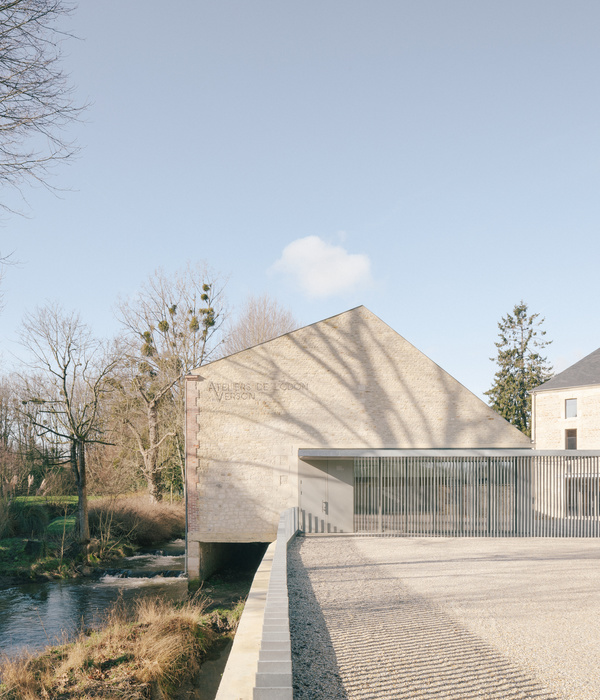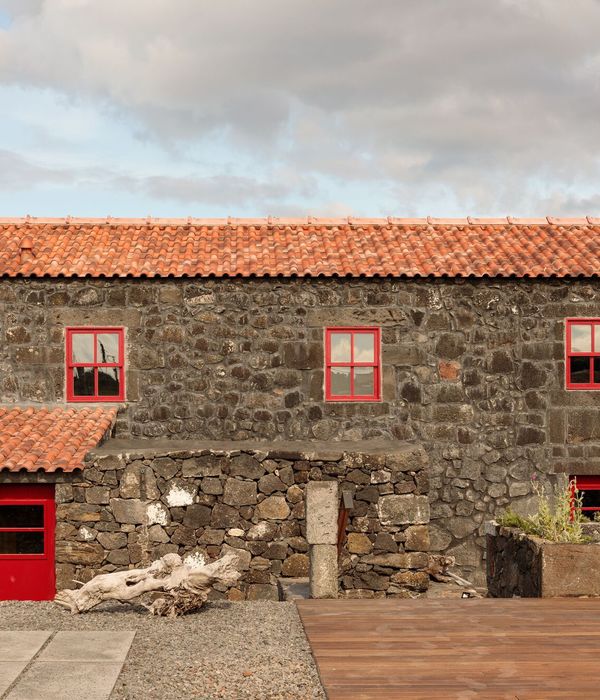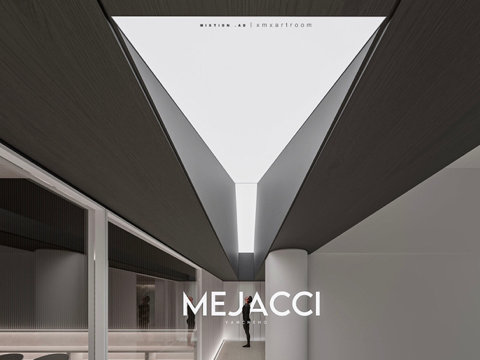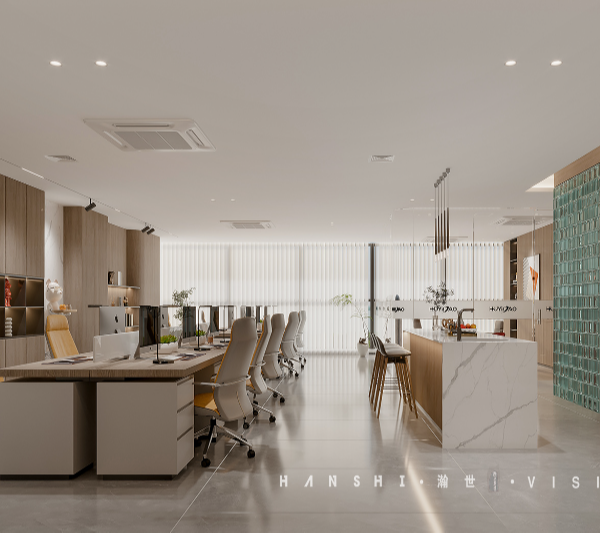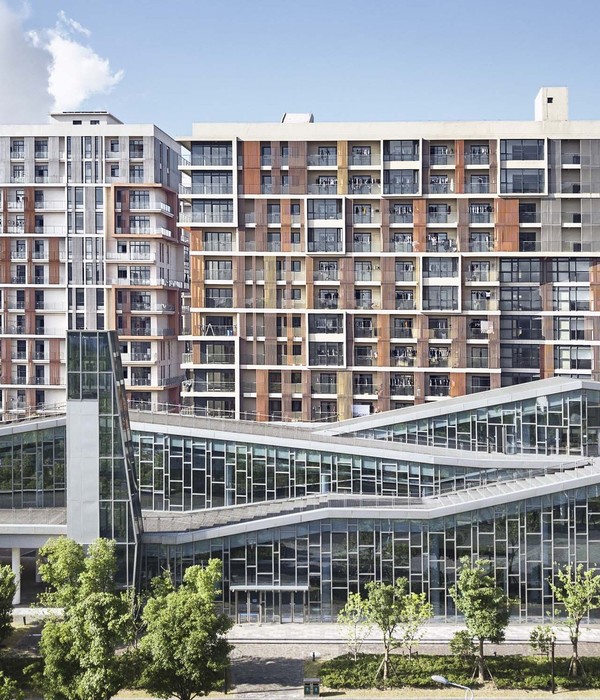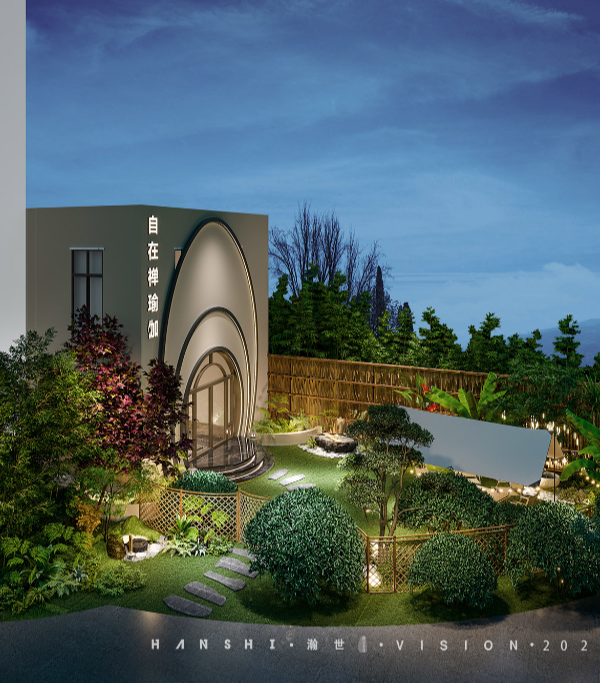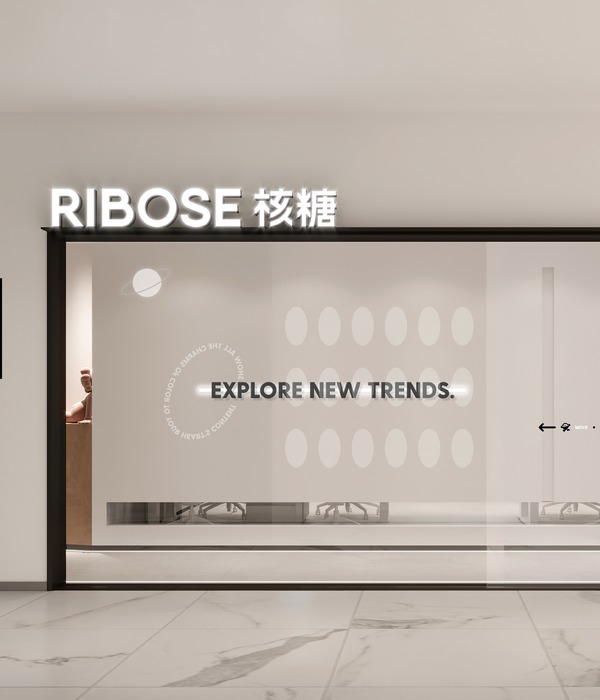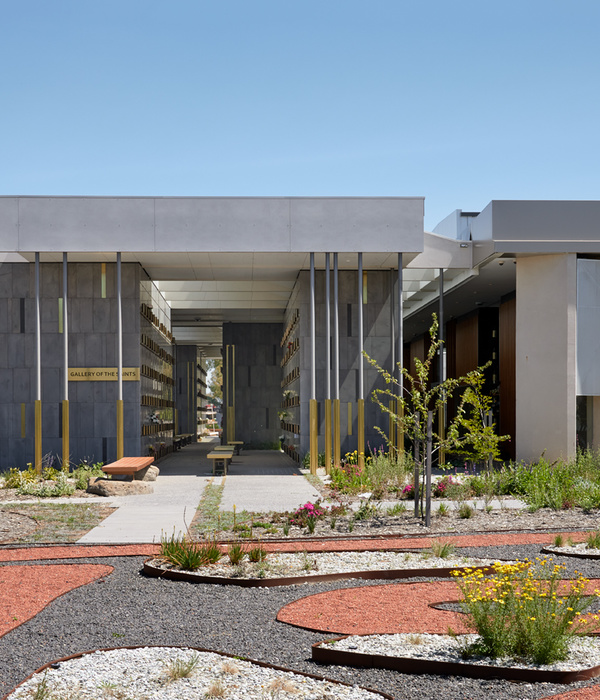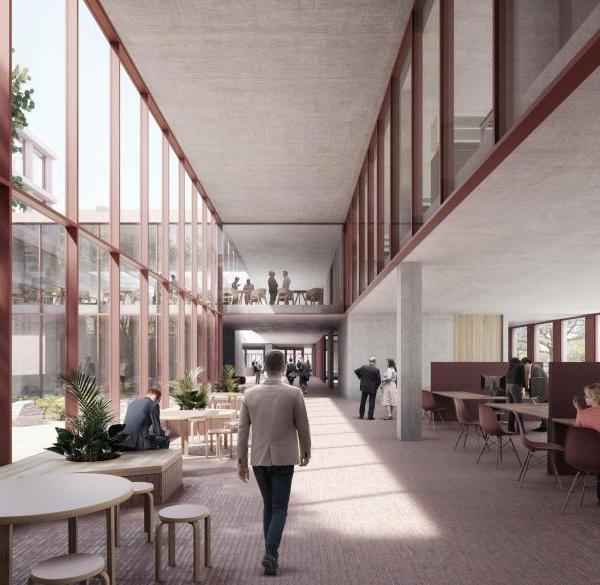Atelier Cite Architecture: Asking questions about the specific characteristics of a certain area, will not only ensure the protection of that area’s cultural heritage, but also how that cultural heritage can be used as a basis to shape a new landscape. The town of Raon l’Etape encloses a green area along the banks of the river Meurthe. This area, abandoned for a long period of time, is at the heart of a development project awarded by the town. The area of intervention defined by the project is delimited by the urban course of the river Meurte. By developing both public and natural spaces the project will ensure a sustainable future for this zone.
© Michel Denancé
© Michel Denancé
© Michel Denancé
© Michel Denancé
© Michel Denancé
© Michel Denancé
© Michel Denancé
© Michel Denancé
© Michel Denancé
© Michel Denancé
© Michel Denancé
© Michel Denancé
© Michel Denancé
© Michel Denancé
© Michel Denancé
© Michel Denancé
© Michel Denancé
© Michel Denancé
© Michel Denancé
© Michel Denancé
© Michel Denancé
© Michel Denancé
© Michel Denancé
© Michel Denancé
© Michel Denancé
© Michel Denancé
© Michel Denancé
© Michel Denancé
© Michel Denancé
© Michel Denancé
© Michel Denancé
© Michel Denancé
© Michel Denancé
© Atelier Cite
© Atelier Cite
© Atelier Cite
© Atelier Cite
© Atelier Cite
© Atelier Cite
© Atelier Cite
© Atelier Cite
© Atelier Cite
© Atelier Cite
© Atelier Cite
© Atelier Cite
© Atelier Cite
© Atelier Cite
© Atelier Cite
© Atelier Cite
© Atelier Cite
The strategic position of this area allows the project to impact in several ways: – By unifying the different entities which make up the town of Raon l’Etape and thus involving the whole community – By developing, and installing new ways of transportation permitting a true alternative to the domination of the town by cars – By providing a potential base for leisure activities and tourism. -Finally, the new development encourages a continuity and enhancement of the links between the town of the future and it’s cultural heritage.
The project has moved forward step by step: the first phase – rewarded by the prize “aménagement du Moniteur-2009”- was followed by a second building phase which is currently drawing to a close and was awarded by the prize ” le prix de l’Actylene” of ACE (French association of light designer).
The development fits in with the town’s geography and uses discreet effects to highlight the uniqueness and the atmosphere of the area. The 1st phase confirms the zone’s continuity with the town centre by its strict (simple? Straight forward??) mineral structures (?? ) while the 2nd phase underlines the presence of leisure activities (swimming pool, family gardens, allotments, fishing…) already established on the river banks natural landscape but also proposes new use of the area : -A large beach for leisure activities and a space to relax also serves as a zone for flood control and for the creation of a canoeing area -Gentle walkways encourage the use of the river banks by the inhabitants of Raon l’Etape.
The project for the banks of the Meurthe was conceived to comply with the concept of sustainability which would facilitate any future expansion of the area. Careful management of the river bank’s vegetation encourages the natural stability of the banks, limits erosion and allow for diversification of the specific local flora.
The lighting project responds to various requirements; to show the developed area at its best and to create a night lighting atmosphere which respects the security of the area, protection of the environment and energy saving. The concept of sustainable development is the basis of the lighting project for Raon l’Etape. The intentional minimalism for this part of the project leads to a limitation of the illuminated points in the lit area and the acceptance of some darker areas in the centre of the town: for example the Meurthe river itself remains dark and would reflect as a mirror. The lighting project at Raon l’Etape resolves a paradox of our times: giving adequate night illumination to certain zones, underlining the character of other aspects of the development and using saving energy techniques.
The underlying concepts are: -The project set-up optimises the overall energy consumption by using materials with a high luminous efficiency, dazzle control, adapting the height and length of the lighting units ?? in order to limit the number of illuminated points… -limitation of maintenance by choosing lights with a long life span, choosing a variety of lighting systems to increase the longevity of the installation. -Finally, use of materials, such as wooden posts for example, which have a low environmental impact for their manufacture and transport.
Landscape Architecture, Agent: Atelier Cite Architecture Landscaping: Arpae Light designer: Scene Publique (Agathe Argod) Year: 2009-2012 Location: TO Raon L’Eetape, Vosges, France Client: CITY OF RAON L’ETAPE Master’s representative: SOCIETE D’EQUIPEMENT VOSGIENNE Hydraulic: Sinbio Structure: Goupe Alto Surface: 20,000 m2 GFA Developed length of the bridge: 120 Meter. Total cost: 2.55 M € Photos: Michel Denancé Photos of “before” state and realization: Atelier Cite Architecture
{{item.text_origin}}


